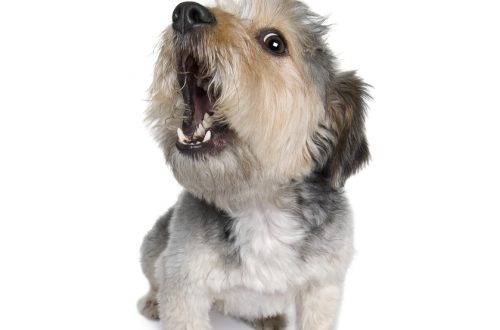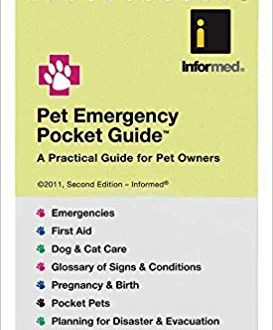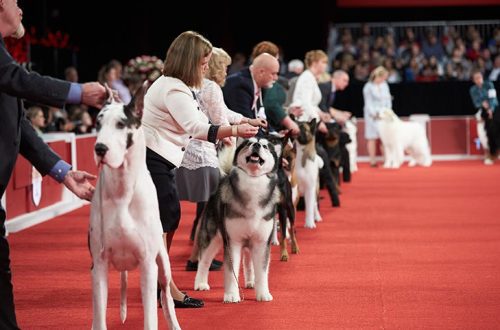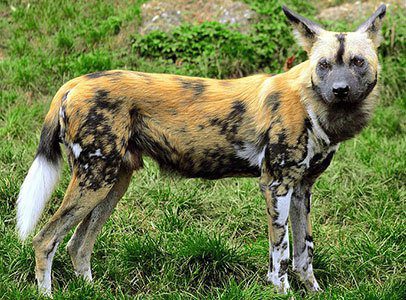
Will own dog help adapt a wild dog in the family?
Often in the house where a wild dog is placed for adaptation, there is already a dog, or even several. How does the presence in the immediate environment of other dogs affect the wild animal? Does the presence of fellow tribesmen help to adapt to a new environment or hinder it?
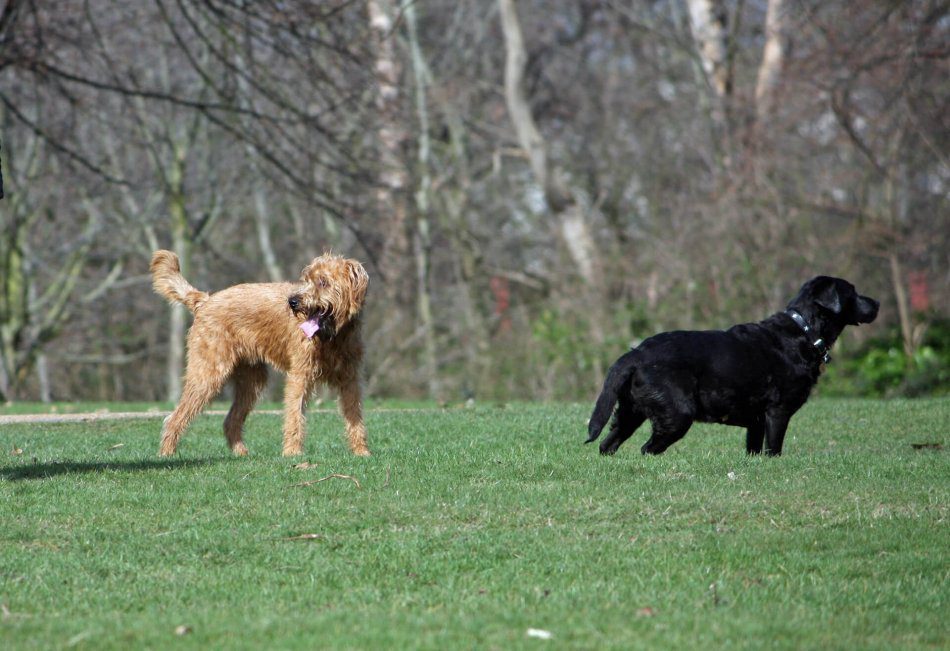
Photo: publicdomainpictures.net
We are talking about the presence of already domestic dogs. I think that everyone will agree that the presence of several wild dogs in one room will only complicate the process of adaptation and development of contact with a person: on the one hand, the fear of another savage will feed and “infect”, on the other hand, having a friend from free life nearby dog, we ourselves provoke the wildling to stay closer to the object that is already familiar to him, especially since this object is a fellow tribesman whose behavior is understandable to the dog. This is the clear starting point that our ward will cling to.
Frankly speaking, I prefer that only one dog, our wild dog, be in the care of a man who works with a wild dog.
In my opinion, the first steps in establishing contact with a person in such a situation take a little longer, but the subsequent ones are already on the “knurled” path, since from the very beginning we offer the dog interaction with us “one on one”. Yes, most likely, the period of observation from under the table will take a little longer than if there is another dog in the room that knows and loves the person, but then the wild animal immediately begins to work in direct connection with the person.
However, I will be objective: most often the presence of another dog in the house, actively interacting with the person caring for the game, helps to “get” the game from under the table faster.
If a person regularly appears in a room where a wild dog is, accompanied by a human-oriented dog, with whom he gently plays in the presence of a wild dog, which he feeds with various kinds of treats, a dog at the beginning of the adaptation path has the opportunity to see and consider this interaction in for a human-dog pair, to focus on the signals of joy, happiness and play that are understandable to her, which a domestic dog demonstrates during contact with a person. As this visual experience accumulates, the wild dog begins to take the initiative to emerge from its hiding place. Of course, she will strive not for a person, but for a dog, as an object that is understandable to her. However, with the help of a domestic dog, the wildling gets the opportunity to look closely and sniff at a person from behind the back of a fellow tribesman. This is a plus.
In the process of “pulling” a wild animal on a domestic dog as a bait, you must be sure that the pet will not show jealousy towards the new guest, will not be persistent, obsessive or aggressive. Most often, adult (or even older) calm males, “tied” to the owner and understanding and well using reconciliation signals, act as a dog that plays the role of a “negotiator” well.
Unfortunately, after a wild dog leaves the shelter for contact with a domestic dog, the process of adaptation and establishing contact with a person slows down. This happens for the same reason that the first progress occurred: a domestic dog, which is much more understandable to a wild animal than a person, on the one hand, helped the wild animal to begin to explore the situation, on the other hand, the pet serves as a kind of “magnet”, to which the wild aspires.
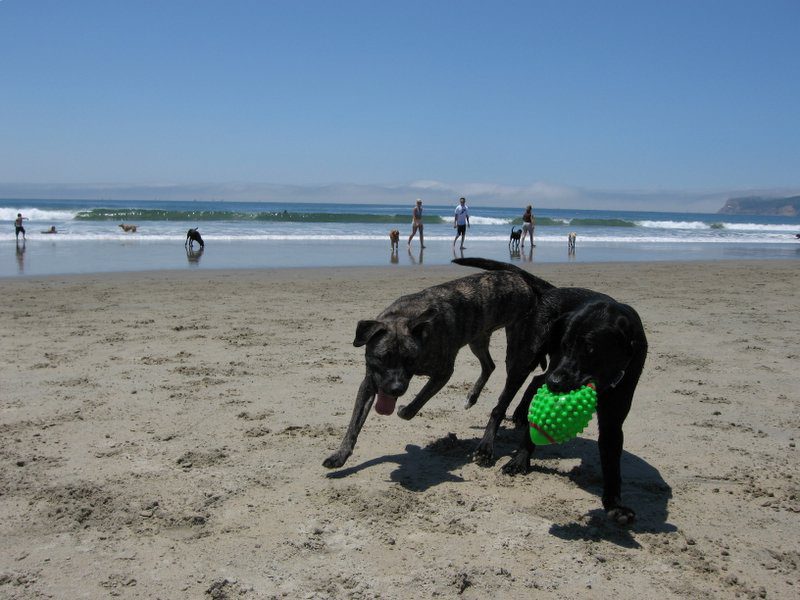
Photo by wikipedia.org
A wild dog communicates with its own kind, in the company of a domestic dog moves around an apartment or house, goes for a walk and follows the pet everywhere with its tail. Having been able to satisfy basic needs, a wild dog does not seek to spend effort searching for the keys to understanding a person – she is already quite comfortable in the company of another dog.
As a result, we run the risk of getting a wild animal that has adapted to life in the house, rejoices at the appearance of a person in it, but does not form attachment to a person, does not really trust him – the dog simply learns to live in the same house with a person.
That is why I believe that after the first stage of establishing contact through a domestic dog, we should fill the life of a wild dog as much as possible in order to switch it to ourselves and interest, motivate it to communicate with a person. After all, we do not forget our goal: to make the life of a former wild dog full, happy, active, and all this is paired with a person. In the same case, if there are no other dogs in the house besides the dog that is being adapted, the dog is forced (this is not quite the correct word, since, of course, we make the process of establishing contact fun and painless) to be receptive to the fact that the man offers her.



